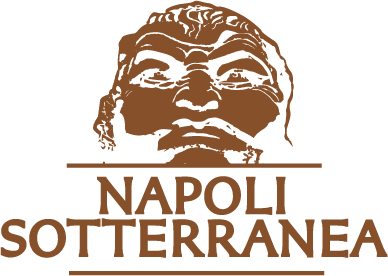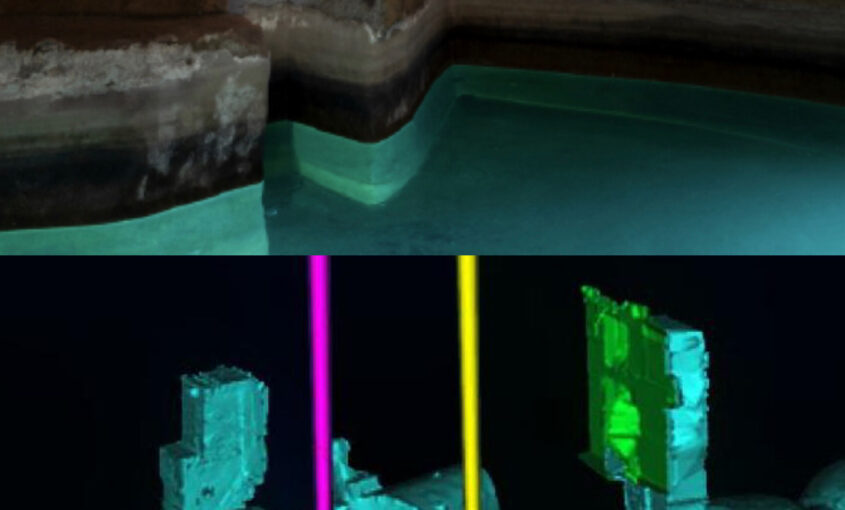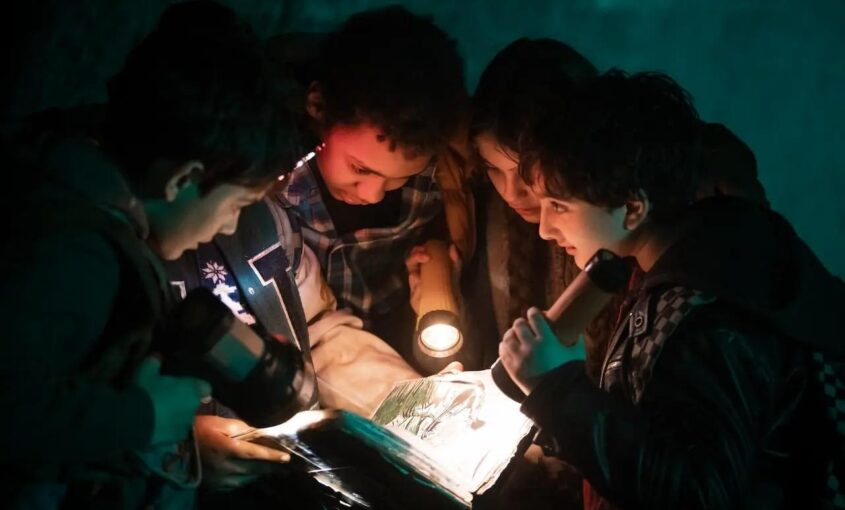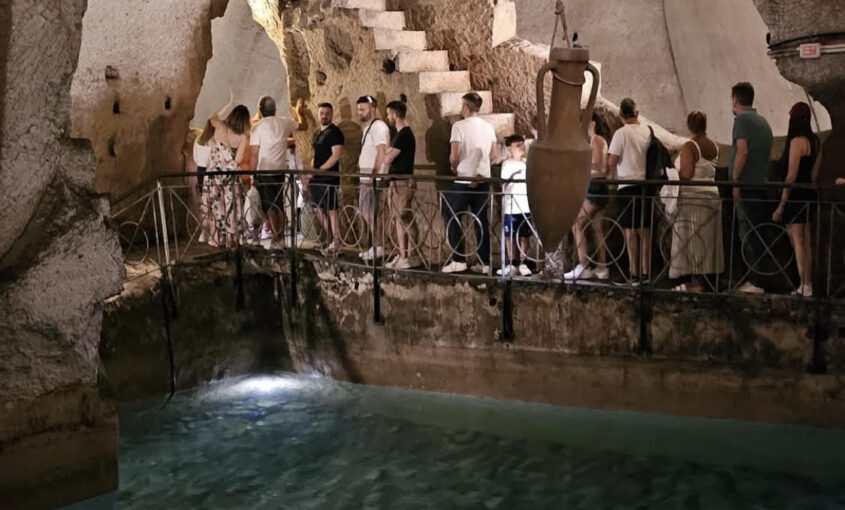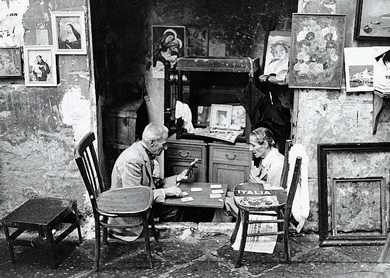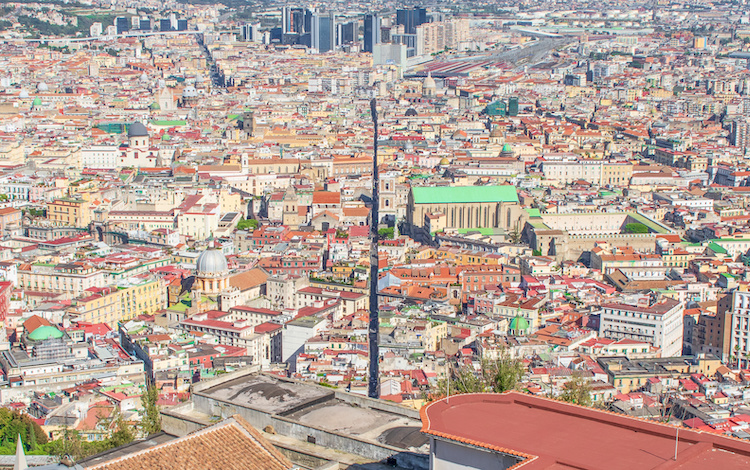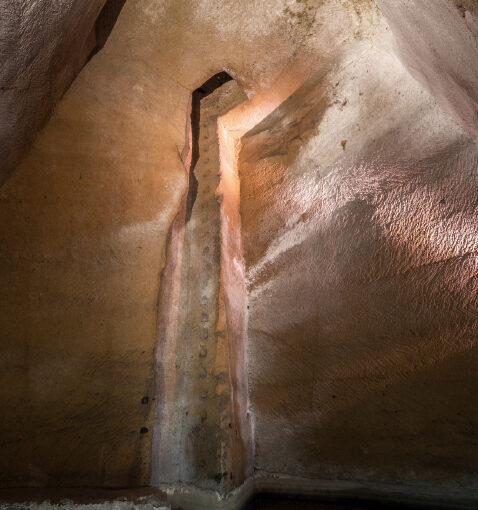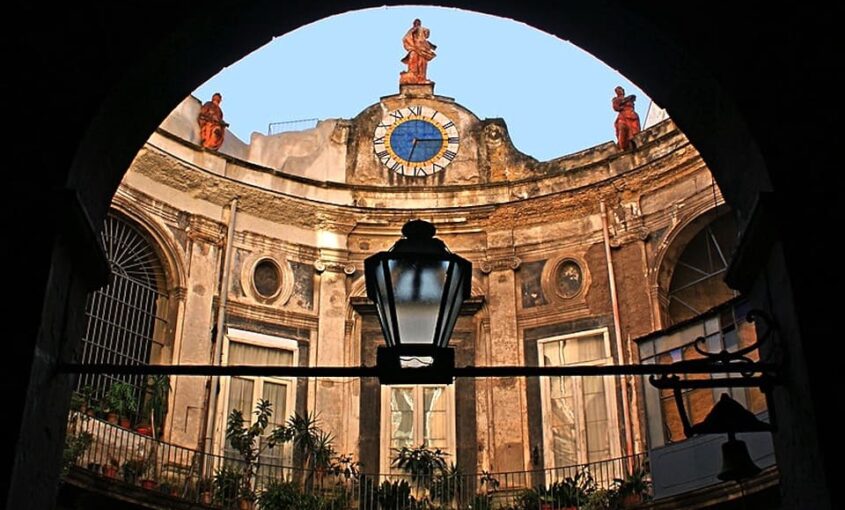The connection between Napoli Sotterranea and the Campi Flegrei
Perhaps not everyone knows that the network of tunnels and passages that develop under the belly of Naples is nothing more than the result of millennia of volcanic eruptions that have shaped the city and its history. But what makes this place named Napoli Sotterranea even more mysterious? Its origin is linked to one of the largest volcanic eruptions in the Mediterranean: the eruption of the Campi Flegrei.
Read More...